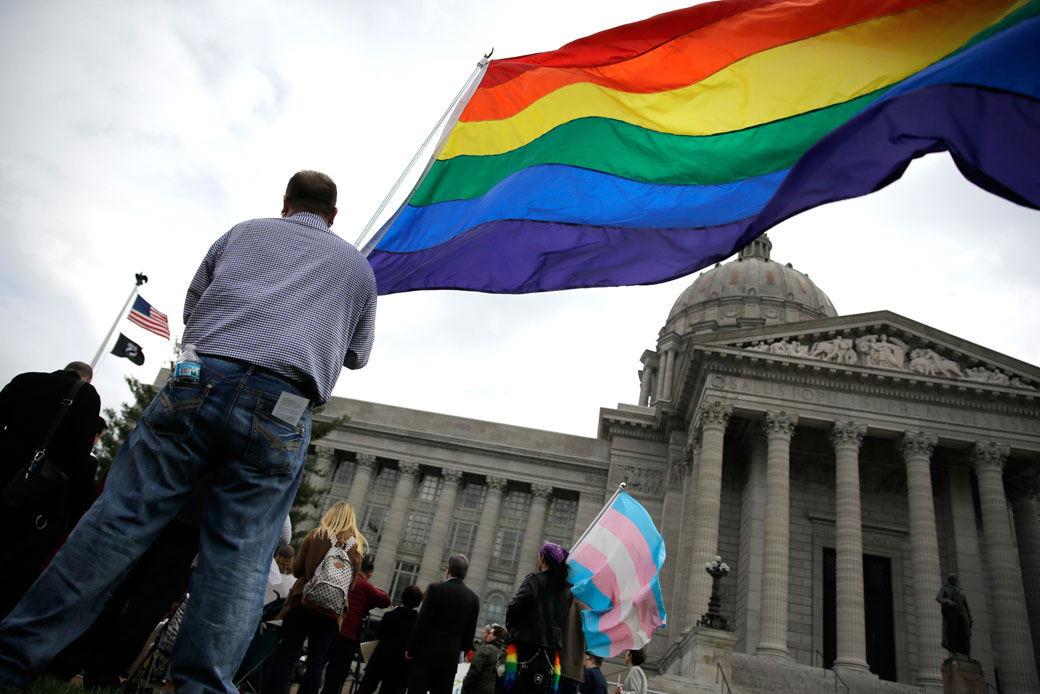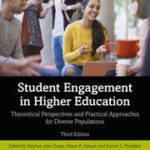Queer theory in education explores how social constructs of gender and sexuality affect teaching and learning. This theory examines the impact of heteronormativity and cisnormativity on educational practices, engaging with issues of inclusion, identity, and power dynamics in educational settings.
By questioning and deconstructing normative assumptions, queer theory offers insights into how to create more inclusive and equitable educational environments for all students. We will delve further into the key concepts and principles of queer theory in education, exploring its origins, major contributors, and its implications for pedagogy and curriculum development.
We will also discuss how educators can integrate queer theory into their teaching practices to foster acceptance, understanding, and social justice in the classroom.
Understanding The Foundations Of Queer Theory
The Queer Theory in Education is an important concept that seeks to challenge and disrupt traditional norms and assumptions about gender and sexuality within the field of education. It aims to create more inclusive and equitable learning environments for all students, regardless of their sexual orientation or gender identity.
Understanding the foundations of Queer Theory is essential in comprehending its significance in education. It originated from the broader field of Queer Studies, which emerged in the 1990s. The theory draws inspiration from various disciplines such as sociology, philosophy, and feminist theory.
Historically, Queer Theory developed as a response to the marginalization and discrimination faced by LGBTQ+ individuals. It seeks to critique and challenge the dominant heterosexual and cisgender norms and structures that exist in society and educational systems.
Some key principles and concepts in Queer Theory include the notion of performativity, which suggests that gender and sexuality are not fixed, but rather socially constructed through repeated actions and behaviors. It also emphasizes the importance of intersectionality, acknowledging that individuals have multiple identities and may experience different forms of oppression.
By incorporating the principles of Queer Theory in education, educators can create inclusive and safe spaces for students to explore and express their own identities. This can lead to a more comprehensive and diverse curriculum, as well as foster a greater sense of belonging and acceptance among all learners.
Queer Theory’s Impact On Education
Queer Theory is a critical social theory that seeks to challenge and disrupt heteronormative and binary thinking in society. Its impact on education is significant, particularly in promoting inclusivity and equality for LGBTQ+ students.
One of the main challenges faced by LGBTQ+ students in educational settings is discrimination and prejudice. Queer Theory aims to address this by raising awareness about the diverse experiences and identities within the LGBTQ+ community.
Incorporating Queer Theory in education has several benefits. Firstly, it helps create a safe and supportive environment for LGBTQ+ students, fostering their well-being and academic success. Secondly, it promotes a more inclusive curriculum, ensuring representation and visibility of LGBTQ+ individuals and their contributions.
Moreover, Queer Theory challenges traditional notions of masculinity and femininity, encouraging students to question and deconstruct gender norms. By doing so, it opens up possibilities for self-expression and identity exploration.
Additionally, Queer Theory encourages critical thinking and analysis, promoting a more nuanced understanding of power dynamics and social inequalities. It also encourages educators to examine their own biases and assumptions, leading to more inclusive and equitable teaching practices.
In summary, integrating Queer Theory in education has the potential to create a more inclusive and affirming learning environment for LGBTQ+ students, challenging heteronormativity and binary thinking.
Implementing Queer Theory In Education
Creating inclusive and affirming learning environments is essential for implementing Queer Theory in education. By integrating LGBTQ+ perspectives into the curriculum and pedagogy, educators can foster a more inclusive and diverse classroom community.
One strategy is to incorporate LGBTQ+ literature, history, and culture into the curriculum. This can be done by selecting books, articles, and other educational materials that highlight diverse identities and experiences. It is important to ensure that LGBTQ+ perspectives are represented authentically and respectfully.
Another strategy is to provide training for educators on inclusive practices. This can include workshops, professional development sessions, and ongoing support. Educators need to be equipped with the knowledge and skills to create safe and welcoming spaces for LGBTQ+ students.
| Inclusive Practices in Education | Benefits |
|---|---|
| Implementing LGBTQ+ perspectives in the curriculum | Enhances representation and understanding of diverse identities |
| Providing training for educators | Promotes awareness and fosters supportive environments |
By implementing these strategies, educators can work towards creating inclusive and affirming environments for all students. It is important to recognize the unique experiences and challenges faced by LGBTQ+ individuals and to ensure that their identities are valued and respected within the educational setting.
Breaking Barriers And Empowering Minds With Queer Theory
Queer Theory in Education is a powerful framework that aims to challenge and dismantle normative assumptions about gender and sexuality in the education system. By breaking down barriers and empowering minds, Queer Theory fosters self-acceptance and LGBTQ+ visibility, promoting empathy, understanding, and social justice. This theory recognizes that education is not value-neutral, and therefore seeks to disrupt oppressive power dynamics and create inclusive learning environments.
One of the key goals of Queer Theory in Education is to empower LGBTQ+ students to thrive both academically and personally. By embracing diverse identities and perspectives, this theory encourages students to develop a positive sense of self and challenge societal norms. In doing so, it helps create safer school climates and supports the mental health and well-being of LGBTQ+ students.
Queer Theory in Education is a transformative approach that transforms education into a space that celebrates all students, regardless of their sexual orientation or gender identity. By promoting inclusivity and challenging heteronormative structures, Queer Theory plays a crucial role in building a more equitable and just society.

Credit: www.americanprogress.org
Frequently Asked Questions On What Is The Queer Theory In Education
What Is The Queer Theory In Simple Terms?
Queer theory is a perspective that challenges traditional norms of gender and sexuality. It explores how identities and expressions are constructed, and questions the idea of fixed categories. It seeks to dismantle power hierarchies and promote inclusivity.
What Is The Queer Theory In Early Childhood Education?
Queer theory in early childhood education explores diverse gender identities and sexual orientations. It challenges traditional norms and promotes inclusivity and acceptance. This theory advocates for creating safe and supportive environments for all children, regardless of their gender identity or sexual orientation.
What Is An Example Of Queer Pedagogy?
An example of queer pedagogy is creating inclusive and diverse learning environments that challenge normative assumptions about gender and sexuality. It promotes critical thinking, empathy, and understanding of diverse experiences.
What Is The Queer Theory In Education?
The Queer Theory in education is a perspective that analyzes how gender and sexuality intersect with other social identities in educational settings. It examines how these identities impact power dynamics, curriculum, pedagogy, and the overall educational experience for individuals who identify as LGBTQ+.
Conclusion
To sum up, the Queer Theory in Education challenges existing norms and strives for inclusivity and diversity. By acknowledging the fluidity of gender and sexual identities, it aims to create a supportive and accepting learning environment. This theory emphasizes the importance of recognizing and addressing power structures in education, ultimately benefiting all students.
Embracing the Queer Theory can lead to a more inclusive and equitable educational experience for everyone involved.







